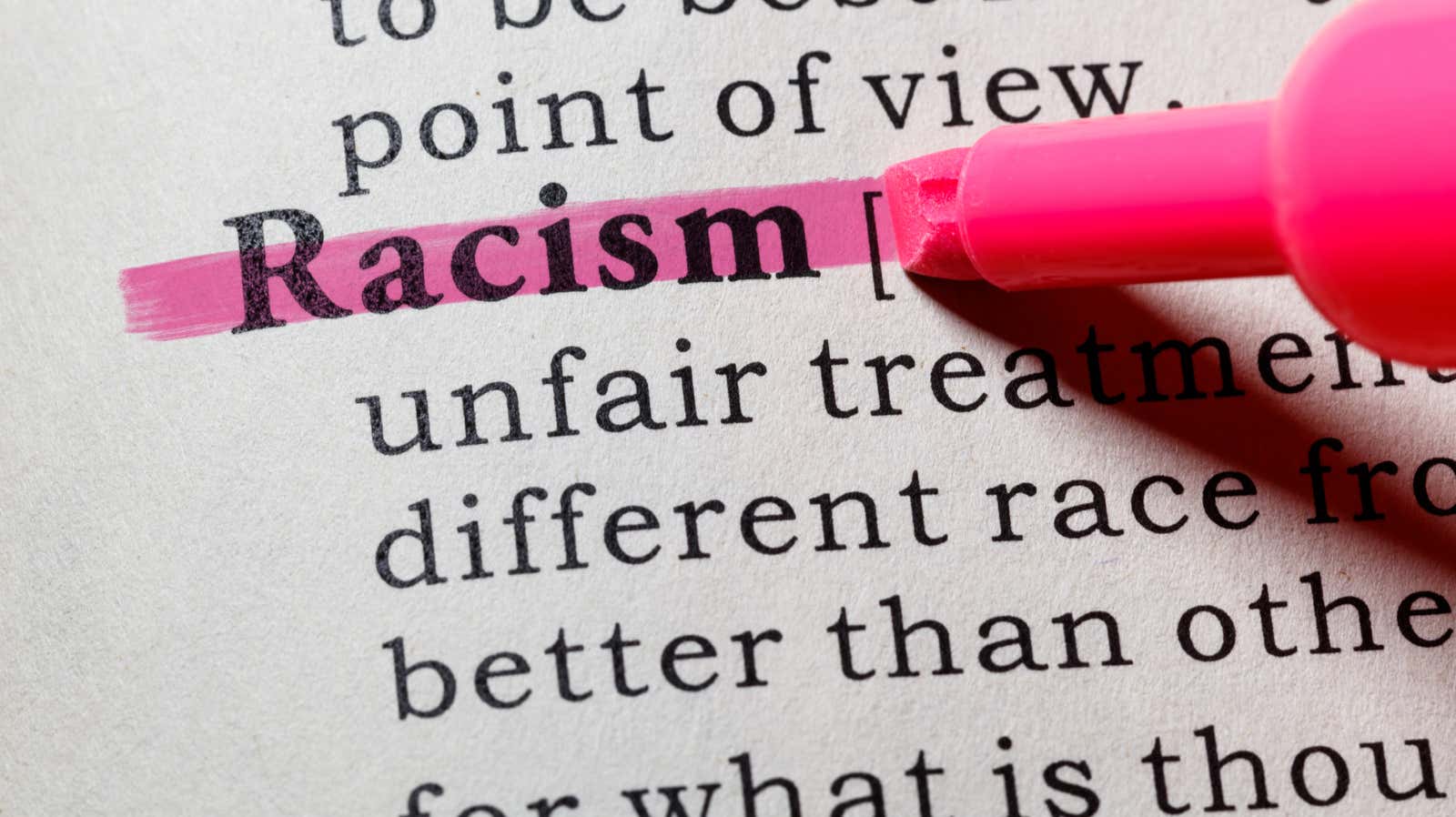The Difference Between “non-Racism” and “anti-Racism”

Racism is an epidemic that affects the safety and well-being of people of color. As we continue to witness the injustices that exist as a result of racism, one thing is clear: it is not enough for our white allies to simply be “non-racist”; they must be anti-racist. If you’re wondering what the difference is, we’ll break it down for you.
Definition of racism
Racism has many layers; this must always be understood. The main definition of racism is blatant discrimination, prejudice and mistreatment of people based on the belief that your race is superior to them.
Racism is not only about the abuse of people through hate speech or physical acts – it also manifests itself systematically through recruitment processes, unfair banking practices, healthcare, socioeconomic inequality and the criminal justice system.
Here are the different types of racism , determined by the National Museum of African American History and Culture:
- Individual racism is the beliefs, attitudes and behavior of individuals that support or support racism, both consciously and unconsciously. Examples include believing in the superiority of white people, not hiring a person of color because “something is wrong,” or a racist anecdote.
- Interpersonal racism happens between people. These are public displays of micro-aggression, often containing insults, bias, or hate speech or actions.
- Institutional racism is based around and within the organization. These treatment methods, policies or practices are discriminatory, unfair and biased, and based on race, resulting in better outcomes for whites than blacks. While institutional policies may not indicate race, their goal is to create advantages outside of communities of color. Example: A school system in which students of color attend more often will be underfunded and overcrowded compared to schools with a predominance of white students.
- Structural racism is the entire system of racial bias that encompasses institutions and societies. It provides privileges for white people, while at the same time creates an extremely disadvantageous environment for people of color. Example: Racial stereotypes that portray people of color as criminals or “thugs” in popular films, media, and entertainment.
Difference between non-racism and anti-racism
Not being racist means that somewhere in your humanity you understand that all people have an equal right to respect and tolerance. When you are not a racist , you do not consider yourself better or more worthy of anything in this world, because although we are not all the same and do not share the same experience, we have the right to the same access to “life, freedom “. and the pursuit of happiness. “
However, the fact that you are not a racist does not mean that you are not complicit in and do not participate in asserting the advantages and privileges provided as a result of systemic racism.
On the other hand, anti-racism means that you actively combat racism. NAC International Perspectives: Women and Global Solidarity argues that “Anti-racism is an active process of identifying and eradicating racism by changing systems, organizational structures, policies, practices and attitudes so that power is distributed and distributed fairly.”
Why you need to be anti-racist
It is not enough to simply say, “I am not a racist.” It would be nice if people from marginalized communities did not lose their lives to state-sanctioned killings, prisons and unsuccessful medical practices as a result of racist systems. Although racism is a pervasive and deadly problem, you must actively fight it. To avoid contributing to racism, you must openly condemn it and demand change.
By being anti-racist, you admit that something is badly broken and needs to be fixed. Combating racism requires real strategies and methods to combat racism in all its forms.
Here are some ways to speak out against racism:
- Speak up louder when you hear a racist joke among friends, family, or coworkers.
- Donate to respected organizations that need support to help marginalized groups.
- Find out where your privilege comes from and how it negatively affects others.
- Become more active in dismantling racist systems (underserved schools, criminal justice reform, health promotion)
Racism didn’t start overnight and won’t end there. But if we all actively do our part of the work, we can really bring about real change in the world.
Looking for ways to protect black lives? Check out this list of resources .